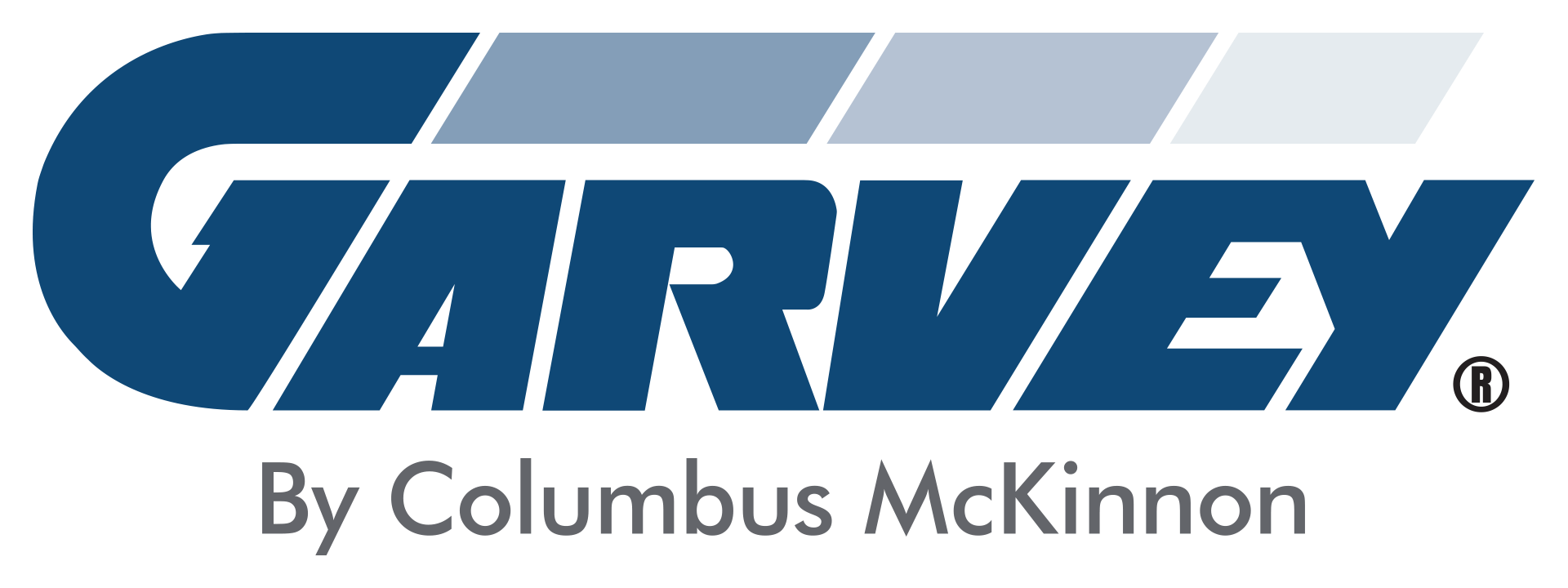Have you reached the end of the efficiency line? Meaning that you’ve been doing everything you can to increase the efficiency of your operations, but you’re just not getting the results you’d hoped for?
This is a wall that even the most successful companies encounter sooner or later. If you’ve done an excellent job at boosting your operational efficiency, it’s inevitable — at some point, you just can’t run any more efficiently.
Does that mean your business can’t grow? Not at all! But growth will require a different mindset, one focused on productivity.
We’ve written before about why manufacturing efficiency (i.e., production line uptime as a percentage of total time) isn’t a very good measure of performance, as well as about why throughput should be your primary metric.
Here, we’ll expand the lens to look at operational efficiency in general and why, for most companies, it fails to bring about the desired growth.
This idea isn’t new. In 2017, Bain & Company’s Michael Mankins wrote an excellent article for Harvard Business Review called “Great Companies Obsess Over Productivity, Not Efficiency.” This article borrows heavily from that work.
Efficiency and productivity are typically thought of in the context of labor hours, and if you look up how to calculate them, you’ll find roughly the same formula:
Outputs / Inputs
The key difference is which component you focus on:
- Efficiency improvements aim to decrease the inputs necessary to achieve the same output, or, as Mankins explains, “doing the same with less.”
- Productivity improvements, on the other hand, aim to increase the outputs you can achieve with the same inputs, or “doing more with the same.”
Looked at this way, the problems are immediately apparent. First, as we mentioned earlier, you can only decrease your inputs so far. Second — and this one is the real kicker — “doing the same with less” doesn’t translate into growth. To grow, you need to do more.
Mankins puts it like this: “Without top-line growth, continuing to wring out greater profits through efficiency has become the managerial equivalent of attempting to squeeze blood from a stone.”
The path to top-line growth, Mankins’ research has found, is through productivity.
The rest of the HBR article discusses how to increase the productivity of your workforce, and we highly recommend that you read it. But let’s turn to how this idea applies to manufacturing.
Let’s say you’re an operations manager at a facility that makes CPG product, and let’s also assume that you’ve already taken steps to improve your efficiency. For example, you automated your line to cut down on labor costs, redesigned your packaging to require fewer raw materials, and even found a way to recycle the energy in your plant. In terms of efficiency, your operations are as optimized as they’re going to get. Now, the only way to boost profits is with top-line growth.
So, how can you increase your outputs while keeping the same inputs?
Obviously, to make more products, you’ll need more materials, so the inputs won’t be exactly the same. Here, we’re talking about increasing output without, say, having to institute a third shift (which would add labor costs) or invest in a new line.
The answer is that you can increase your throughput, i.e., your rate of production. By running your lines faster, you will produce more units in the same amount of time.
Higher throughput = Greater productivity = Top-line growth
Accumulation systems were designed to help companies grow in exactly this way — by keeping lines running, often at higher speeds than had previously been possible. In our experience, throughput increases of 20-30% are common (we’ve seen increases of as high as 60%). That higher throughput translates directly into top-line growth.
We offer a free line analysis to determine how much additional productivity your line is capable of. We also have a testing facility where we can run your products on our equipment to identify the best possible solution. Read more about it: How Fast Can Your Production Line Run? Here’s How to Find Out
If you have any questions, please get in touch.




